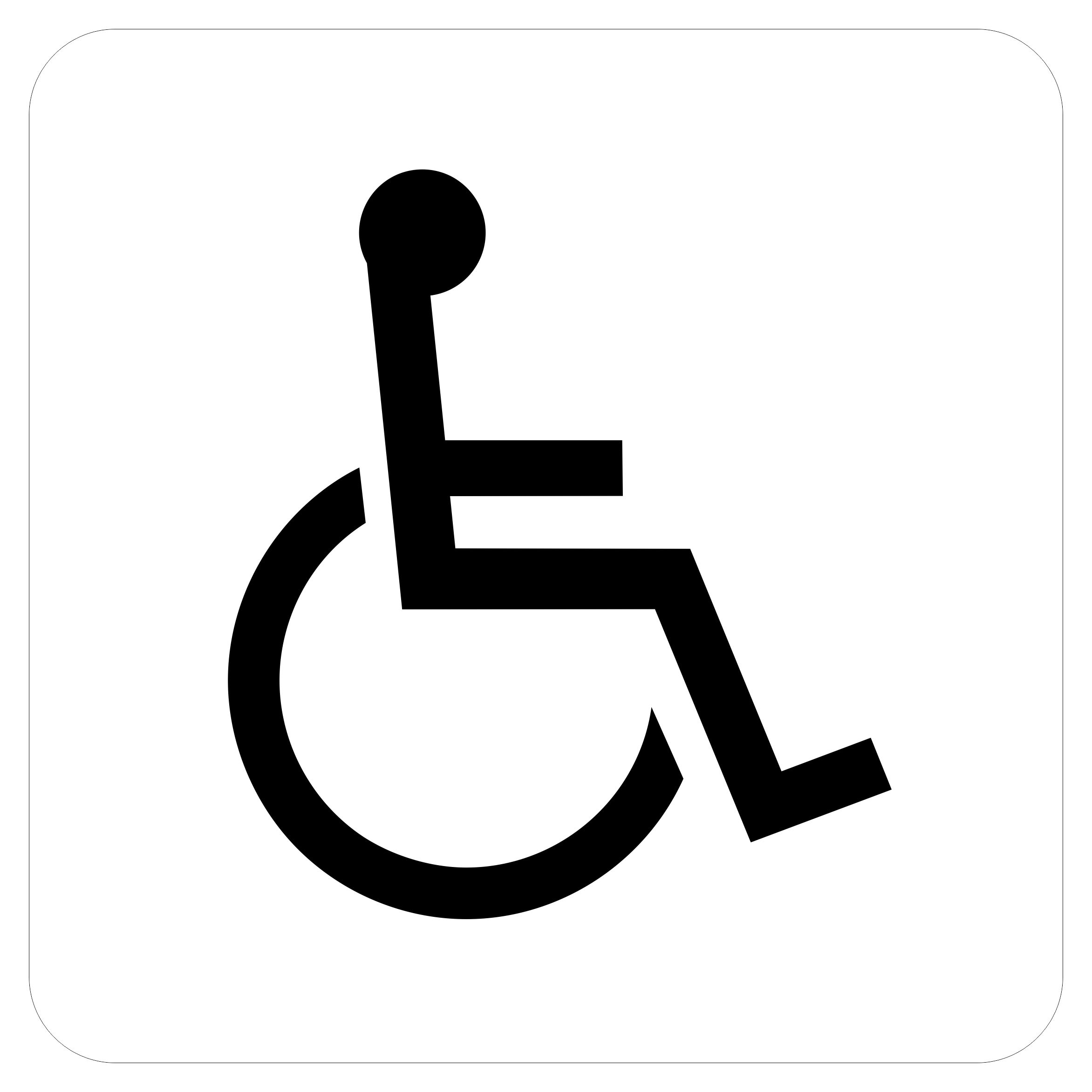The Impact of ADA Signs on Area Accessibility
The Impact of ADA Signs on Area Accessibility
Blog Article
Checking Out the Secret Functions of ADA Signs for Enhanced Ease Of Access
In the realm of availability, ADA signs offer as silent yet effective allies, ensuring that areas are accessible and inclusive for individuals with handicaps. By incorporating Braille and responsive components, these indications damage obstacles for the aesthetically impaired, while high-contrast shade systems and clear font styles provide to diverse aesthetic needs.
Significance of ADA Conformity
Ensuring conformity with the Americans with Disabilities Act (ADA) is important for cultivating inclusivity and equal gain access to in public spaces and workplaces. The ADA, established in 1990, mandates that all public facilities, employers, and transportation solutions accommodate individuals with handicaps, guaranteeing they enjoy the exact same civil liberties and opportunities as others. Compliance with ADA requirements not just meets legal responsibilities yet additionally improves a company's credibility by demonstrating its commitment to diversity and inclusivity.
One of the essential elements of ADA conformity is the application of available signage. ADA indicators are designed to make certain that individuals with impairments can conveniently browse with areas and buildings.
In addition, sticking to ADA guidelines can reduce the risk of lawful effects and prospective fines. Organizations that fail to adhere to ADA standards may encounter lawsuits or fines, which can be both damaging and financially burdensome to their public picture. Thus, ADA conformity is important to fostering an equitable setting for everyone.
Braille and Tactile Components
The unification of Braille and tactile aspects right into ADA signs symbolizes the principles of accessibility and inclusivity. These features are critical for people that are blind or visually impaired, allowing them to navigate public rooms with greater self-reliance and self-confidence. Braille, a responsive writing system, is vital in providing composed info in a layout that can be easily perceived via touch. It is generally put under the corresponding message on signage to guarantee that people can access the details without visual assistance.
Tactile aspects extend past Braille and include increased characters and symbols. These components are designed to be noticeable by touch, permitting people to determine space numbers, washrooms, leaves, and various other critical locations. The ADA establishes certain standards pertaining to the dimension, spacing, and placement of these tactile elements to maximize readability and make certain uniformity throughout different environments.

High-Contrast Color Pattern
High-contrast color design play a critical role in enhancing the exposure and readability of ADA signage for people with aesthetic disabilities. These schemes are essential as they make the most of the distinction in light reflectance find this between text and history, guaranteeing that signs are quickly noticeable, even from a distance. The Americans with Disabilities Act (ADA) mandates the usage of specific shade contrasts to accommodate those with restricted vision, making it an essential aspect of compliance.
The efficiency of high-contrast colors depends on their ability to stand apart in numerous illumination problems, including dimly lit settings and locations discover this with glow. Usually, dark message on a light background or light text on a dark history is utilized to attain optimal contrast. For circumstances, black message on a yellow or white background gives a stark visual difference that assists in fast acknowledgment and comprehension.

Legible Fonts and Text Dimension
When considering the design of ADA signs, the selection of readable font styles and proper message dimension can not be overstated. The Americans with Disabilities Act (ADA) mandates that fonts must be not italic and sans-serif, oblique, manuscript, highly attractive, or of unusual kind.
According to ADA standards, the minimum text elevation must be 5/8 inch, and it needs to enhance proportionally with viewing distance. Uniformity in text size adds to a cohesive aesthetic experience, aiding people in navigating atmospheres successfully.
Moreover, spacing between lines and letters is integral to clarity. Adequate spacing protects against characters from showing up crowded, enhancing readability. By sticking to these standards, designers can significantly boost ease of access, making certain that signage offers its desired function for all people, regardless of their visual capacities.
Effective Placement Methods
Strategic placement of ADA signage is necessary for making the most of availability and making sure compliance with legal standards. ADA standards state that indicators must be mounted at an elevation between 48 to 60 inches from the ground to guarantee they are within the line of view for both standing and seated individuals.
Furthermore, indicators need to be positioned nearby to the latch side of doors to permit easy recognition before entry. Consistency in indication placement throughout a center boosts predictability, decreasing complication and boosting general customer experience.

Verdict
ADA indications play a crucial function in promoting ease of access by integrating attributes that resolve the demands of individuals with disabilities. These useful site components collectively cultivate an inclusive atmosphere, highlighting the significance of ADA compliance in making sure equal access for all.
In the realm of ease of access, ADA indicators serve as quiet yet effective allies, making sure that areas are comprehensive and accessible for individuals with disabilities. The ADA, passed in 1990, mandates that all public facilities, employers, and transportation services suit individuals with handicaps, guaranteeing they enjoy the same rights and chances as others. ADA Signs. ADA indications are designed to make certain that individuals with disabilities can conveniently navigate via spaces and structures. ADA standards specify that signs ought to be placed at a height in between 48 to 60 inches from the ground to ensure they are within the line of view for both standing and seated people.ADA indications play a crucial duty in promoting access by integrating functions that address the needs of individuals with handicaps
Report this page